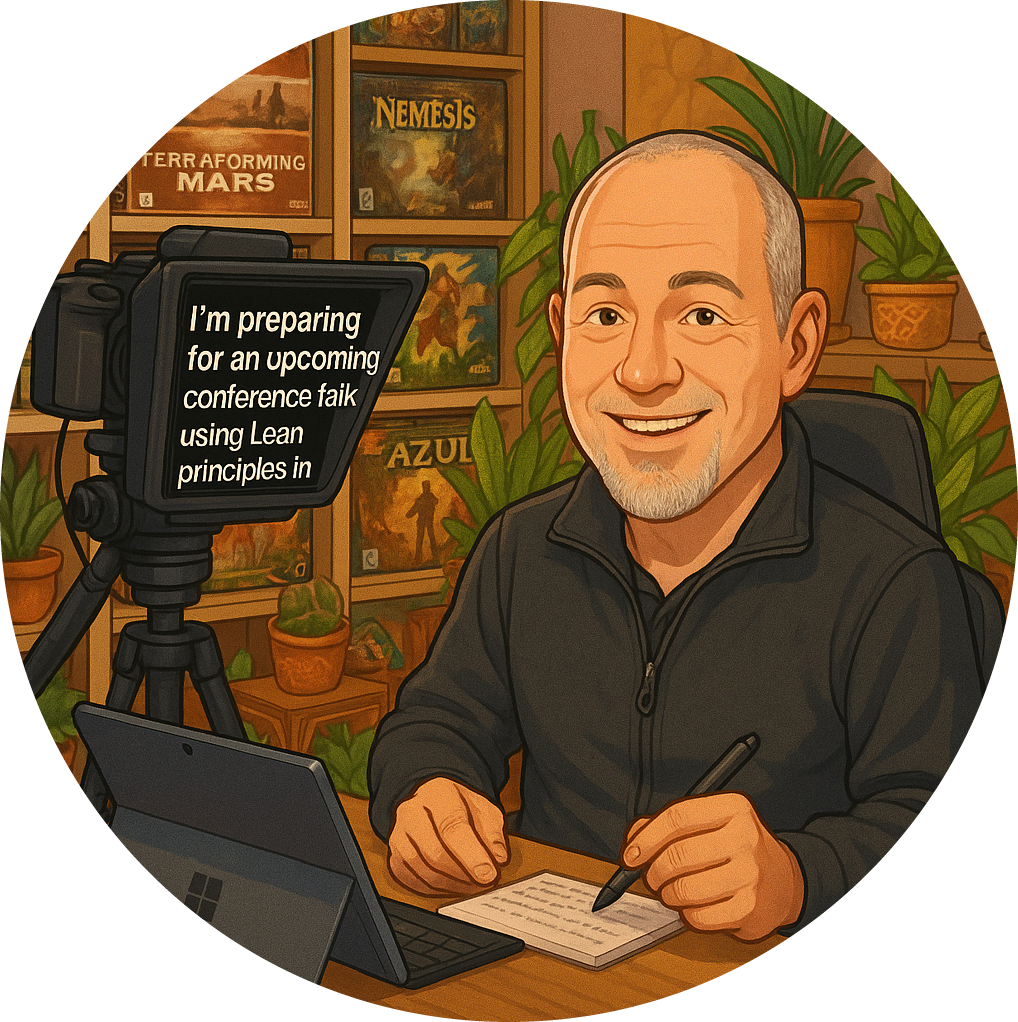In my journey through the world of software development , one truth has become abundantly clear: we must cultivate a culture of engineering excellence . This isn’t just a lofty ideal; it’s a necessity for any organisation that aspires to thrive in today’s fast-paced technological landscape.
The Role of Technical Leadership
Technical leadership plays a pivotal role in steering this cultural shift. It’s not enough to simply advocate for excellence; we must actively set the direction and embody the principles we wish to instil in our teams. Here’s how I believe we can achieve this:
Establish Clear Expectations: Leaders must articulate what engineering excellence looks like within the context of their organisation. This means defining standards, practices, and behaviours that align with our goals.
Foster Continuous Learning : We need to create an environment where learning is not just encouraged but expected. This involves investing in training, workshops, and resources that deepen our understanding of engineering principles and practices.
Encourage Empirical Learning: It’s essential to apply our theoretical knowledge in practical ways. By experimenting and learning from our experiences, we can adapt our approaches to suit our unique organisational context.
Understanding the Theories Behind Our Work
Every organisation is different, and that’s where the beauty lies. With a solid grasp of the underlying theories that govern our work, we can make informed decisions that propel us forward. Here’s what I’ve found to be crucial:
Knowledge is Power: Understanding the ‘why’ behind our processes allows us to extrapolate the next best decision. This knowledge empowers teams to innovate and adapt rather than simply following a prescribed set of rules.
Context Matters: What works for one organisation may not work for another. By recognising the unique challenges and opportunities within our context, we can tailor our strategies to achieve the best outcomes.
Iterate and Improve: Embracing a mindset of continuous improvement means we’re always looking for ways to enhance our practices. This iterative approach not only leads to better results but also fosters a culture of excellence.
Building a Culture of Excellence
Creating a culture of engineering excellence is not a one-time effort; it’s an ongoing journey. Here are some practical steps to consider:
Lead by Example: As leaders, we must model the behaviours we wish to see. This includes being open to feedback, embracing change, and demonstrating a commitment to quality.
Celebrate Successes: Recognising and celebrating achievements, no matter how small, reinforces the behaviours we want to encourage. It builds morale and motivates teams to strive for excellence.
Encourage Collaboration: Engineering excellence thrives in collaborative environments. By fostering teamwork and open communication, we can leverage diverse perspectives and skills to drive innovation.
In conclusion, the path to engineering excellence is paved with knowledge, understanding, and a commitment to continuous improvement. By focusing on these principles and fostering a culture that values them, we can navigate the complexities of our unique organisational landscapes and emerge stronger, more agile, and more innovative. Let’s embrace this journey together, and watch as our organisations flourish.




























